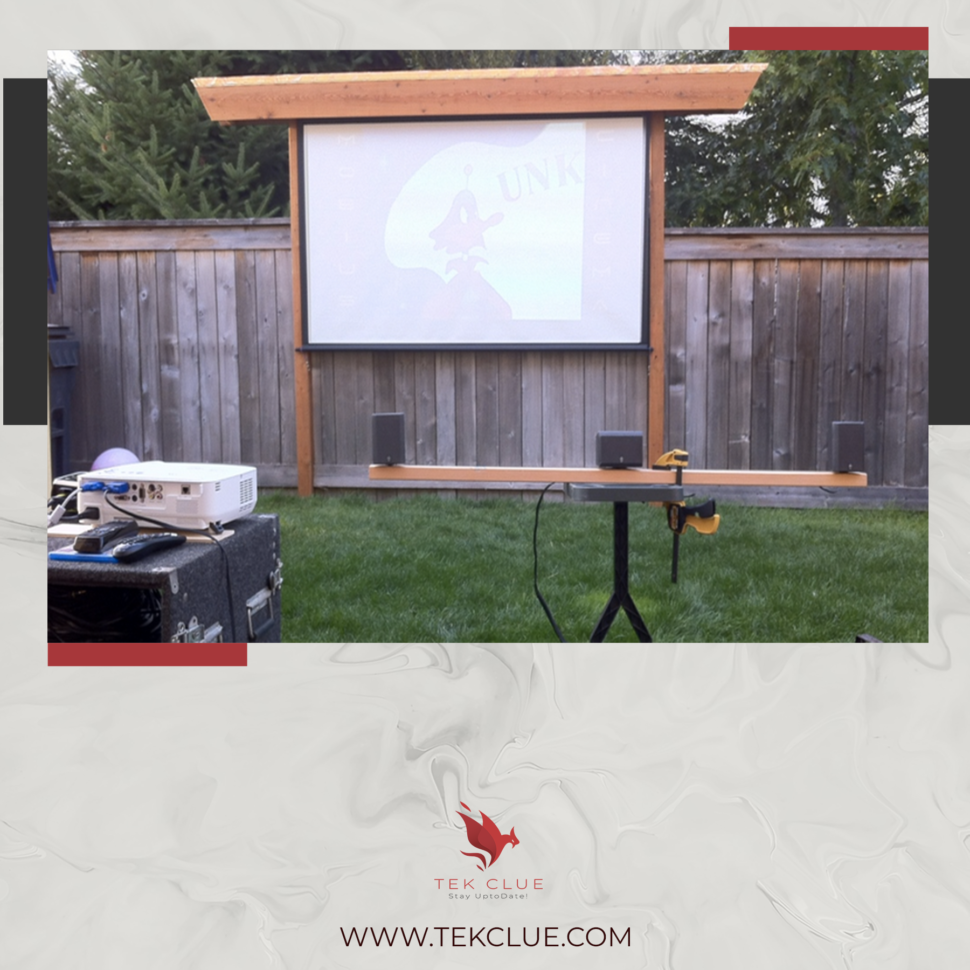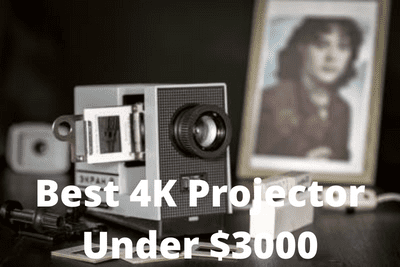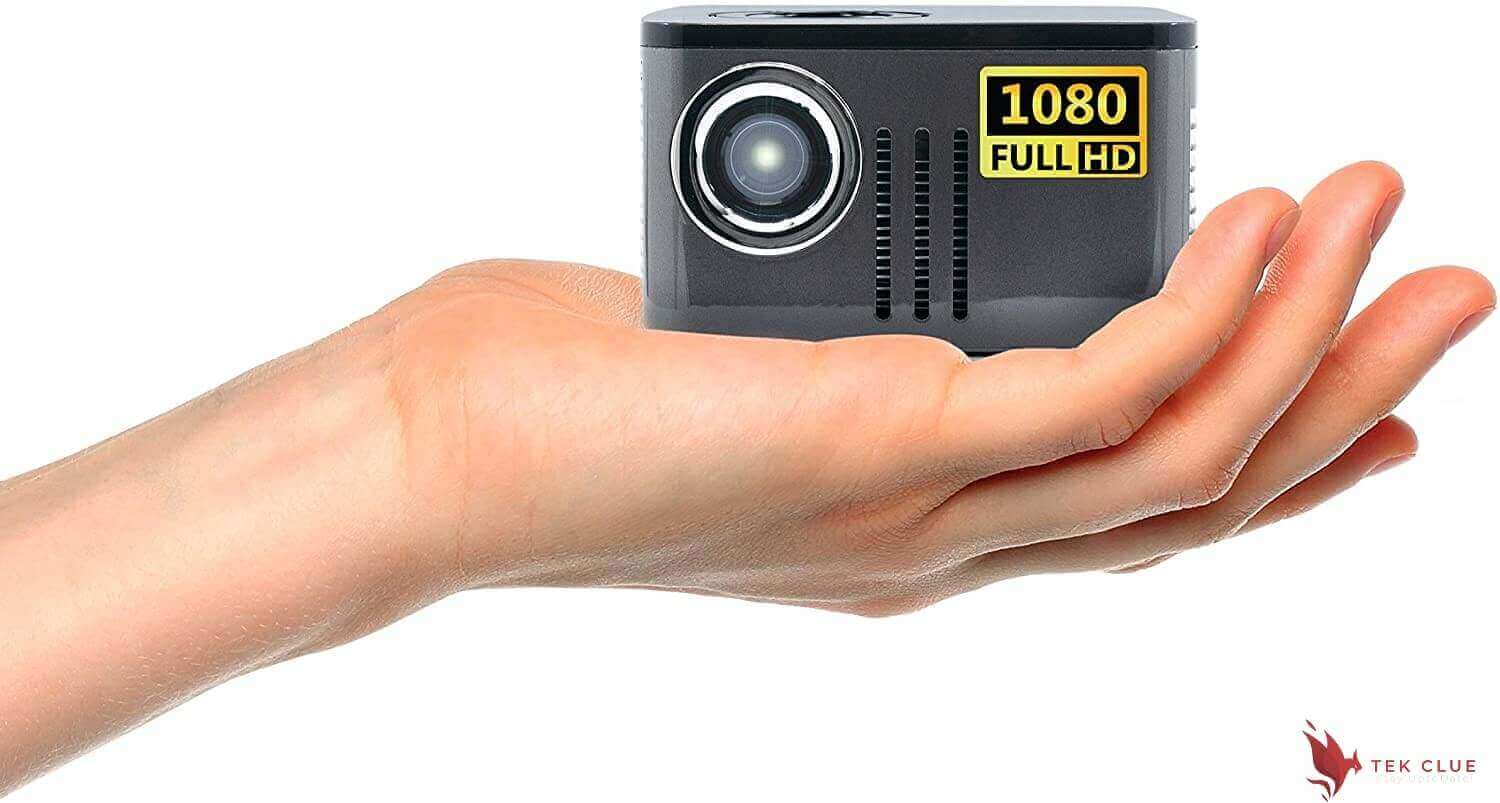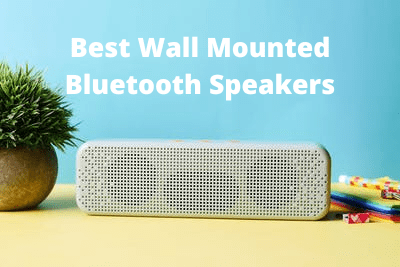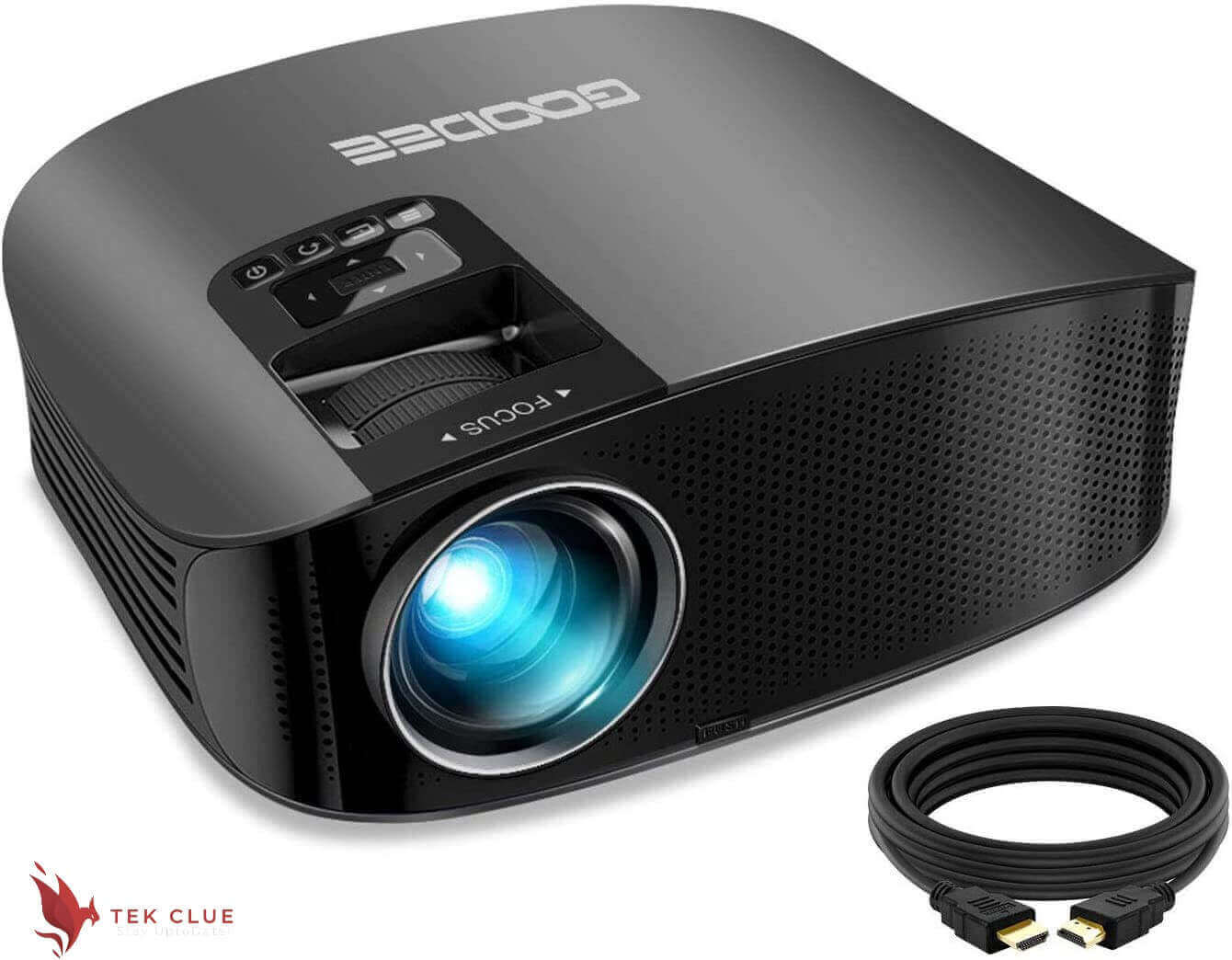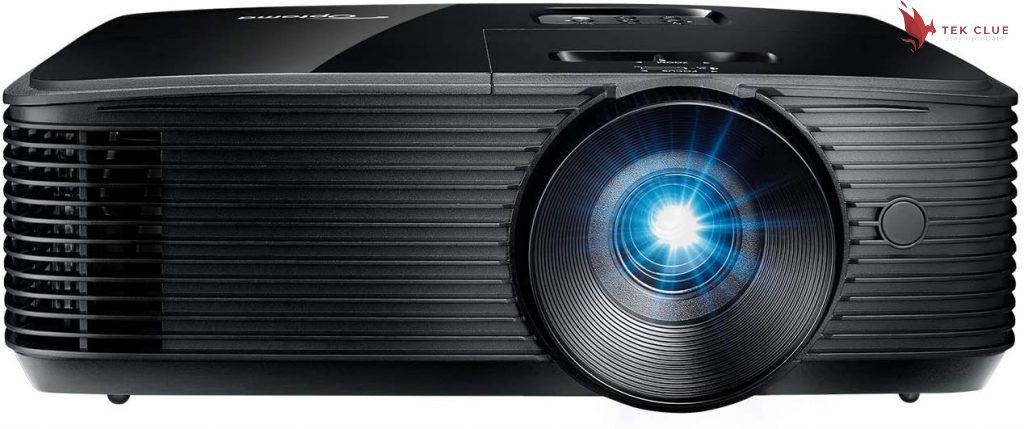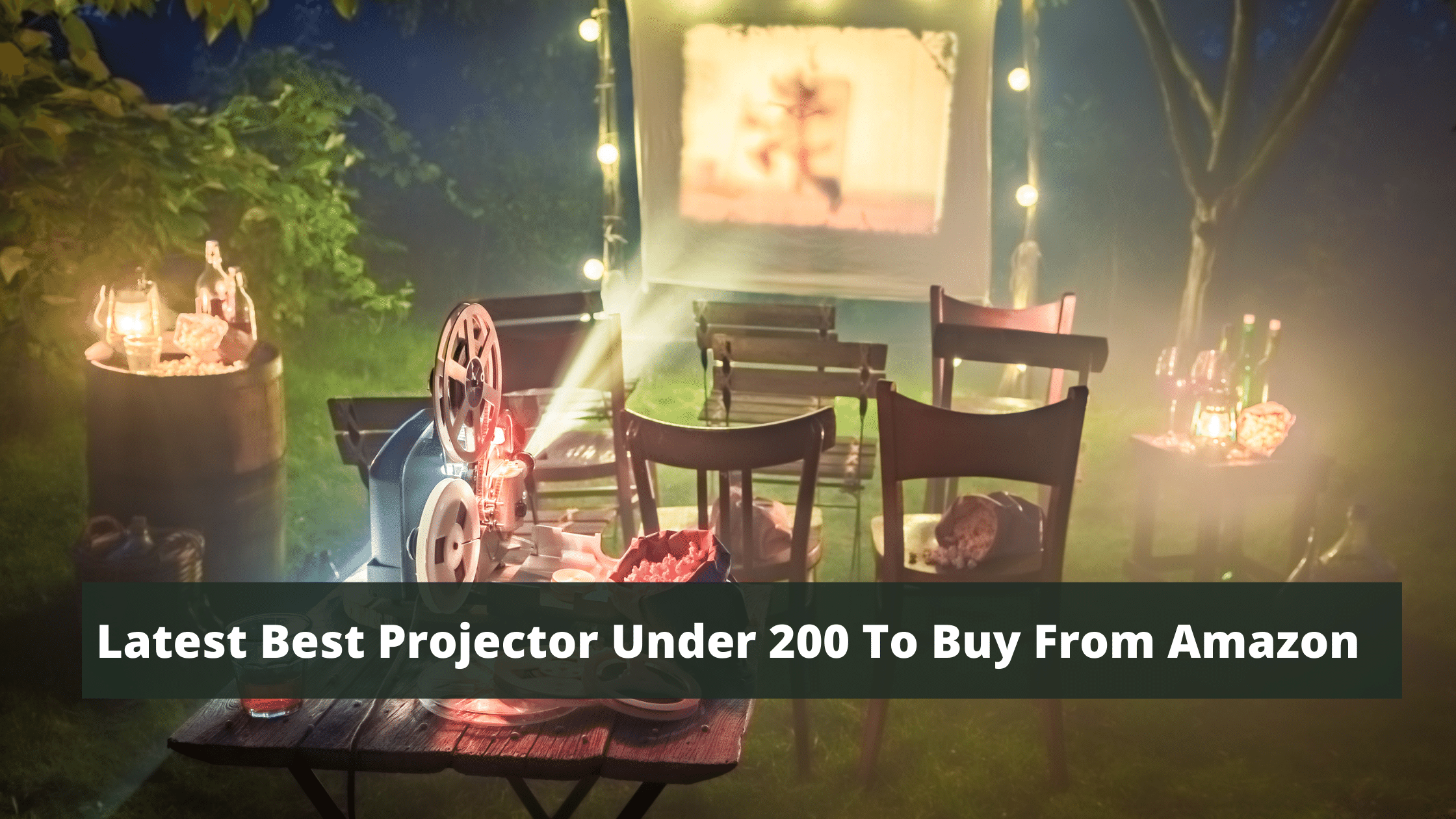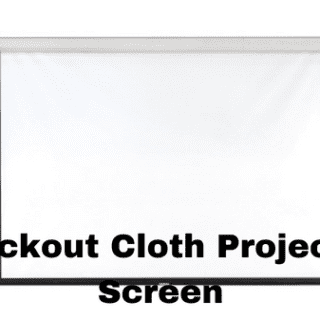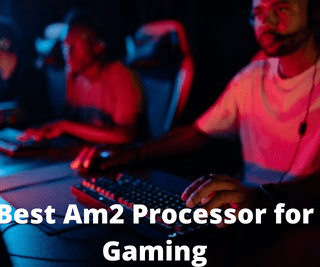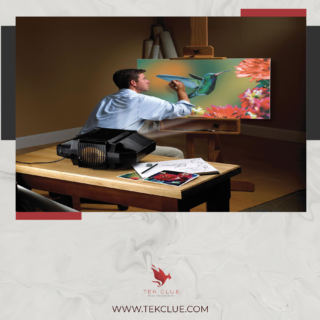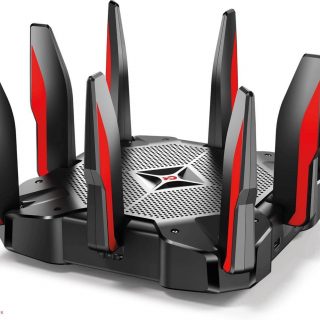Well, for the first, there is no need to shift your projecting set up out because it’s not that fun as it might look in movies or tv shows. That being said, if you still want to have this, be our guest sit in front of your screen, scroll, and read to know more.
The Outdoor Projector Setup
It can be quite difficult to get the optimum picture quality from a projector while you’re outside throughout the day. This is particularly relevant if the weather is pleasant with the sun hanging out. You can’t trust the projector to work the same outdoors on a sunny summer day as it does inside with the lights switched off.
You won’t be able to find a projector that can cope with the bright sun or its reflections. However, there are a few techniques and strategies you can use to get the best visual opportunity possible outside on a sunny day.
If you plan to use a projector outdoors during the day, make sure it has a lumen production of at least 3,000. This level of brightness is needed to watch the films, movies, series, and whatever you are pleased with. Additionally, providing shade, securing the screen, and placing the projector in a shady part of the garden will all benefit the process.
Projector Setting Tricks:
Hoping on to the tricks now;
- Use projectors that are bright.
- Use a grey screen.
- Use a high-reflective panel.
- Using a reduced projection size.
- Switch off the eco mode.
All these things are the ones that support having a good result outdoor movie experience, although it is not recommended to get your projector in moody weather conditions. Let us know if you have tried any of these sequences before.
The Gray Screen:
Bad image quality can result in dull images, particularly when the projector is used outside; to assist with this, use a grey projector screen, which makes the black look even blacker.
Since there is no “black” light, projectors do not project black to represent black; instead, they exclude any colors in places of black, so the color of the screen determines how the “blacks” are viewed. Image contrast is typically increased by using a grey projecting screen.
160-degree viewing angle:
If you’re going to watch a show or planning to watch a football match, a TV program, or a movie with others, make sure to invest in a screen that has a 160° viewing angle.
This form of technology helps viewers watching in the rear and on the sides of the screen to see the movie as if they’re in the center.
If your projector makes it possible, make sure the movie screen you choose has this capability before purchasing it.
The Appropriate Time of Projecting Movies
Aside from the heat and other weather stuff, it’s a good idea to find a good time to watch your movie. It is understood that you won’t hesitate to restrict your exposure to the hours of morning, sunset, and evening. However, these are the moments when you have the best chance of seeing the movie without any problems.
If you plan to watch your movie during the warm or sunniest periods of the day, such as between 8 a.m. and 4 p.m., you will need to use other strategies, such as shelters, to provide more cover which in short is again giving you a closed environment, so you better keep your devices in your media room.
Although this may not be a big concern during the winter months, you may be most likely to use the projector during the summer months. So, particularly if you have a lower-powered projector that only emits 2,000 lumens, you – or whatever is in control of the purchasing – must ensure that the amount of light hitting the projector is restricted.
Low Brightness Projectors:
Any projector with a lumen output of less than 3,000 to 5,000 can provide weak or difficult-to-see images. It will be difficult to know exactly what’s going on because the projection will be too soft, too dim, or too dull.
Since direct lighting is too bright to overpower the greatest output projectors, you’ll need to build shade and use the proper screen/projector angles to watch your movie amid all that light intensity.
Full shadow, partial shadow, and full sun are all possibilities of weather, of course, because you cannot control it. You will naturally determine how many lumens your projector needs to function in a broader spectrum. The more lumens you can interact with, the lighter the sun is and the more intense sunshine is involved. Our recommendation still is for you to try it in a dim atmosphere, probably evenings or nights.
Inflatable Projector Screen:
Inflatable projection screens are seen in many drive-in theatres and cinemas. As a result, it seems wise to invest in one of these if you want to watch movies in your garden or front yard, as well as many other parts of your home where natural light is appropriate.
Inflatable displays, on the other side, must be blown like a balloon or afloat. Most outdoor theatergoers like them because they can stand on their own, similar to a sofa, bench, or lawn chair.
The Sound System:
Ultimately, once you’ve taken care of everything else, you must add an audio system. Such a device is required in situations where the wind can prohibit you from hearing all of the discourses.
An audio system will also help you or those in the crowd understand what has happened in the movie or match you are seeing if the images are not as plain and described as you would like.
Since an audio effect is likely to be powered by electricity, it’s a good idea to invest in a handheld, Bluetooth-enabled gadget that you can carry around with you to use indoors on rainy days.
Conclusion
This summer is the perfect time to enjoy all of your favorite movies and football games outside. Of course, you can take advantage of sunny, summer days wherever possible. However, if you don’t understand the question when watching a movie on your balcony, you can find yourself in difficult situations.
Although setting up a full home theatre is not difficult, it is important to invest in a powerful enough projector to ensure high-quality photographs. At its heart, offering shade, ensuring that the screen is set, and purchasing a console with a 160° angle of view are all necessary.
You may also like: “Best Short Throw Projector Under 1000”

